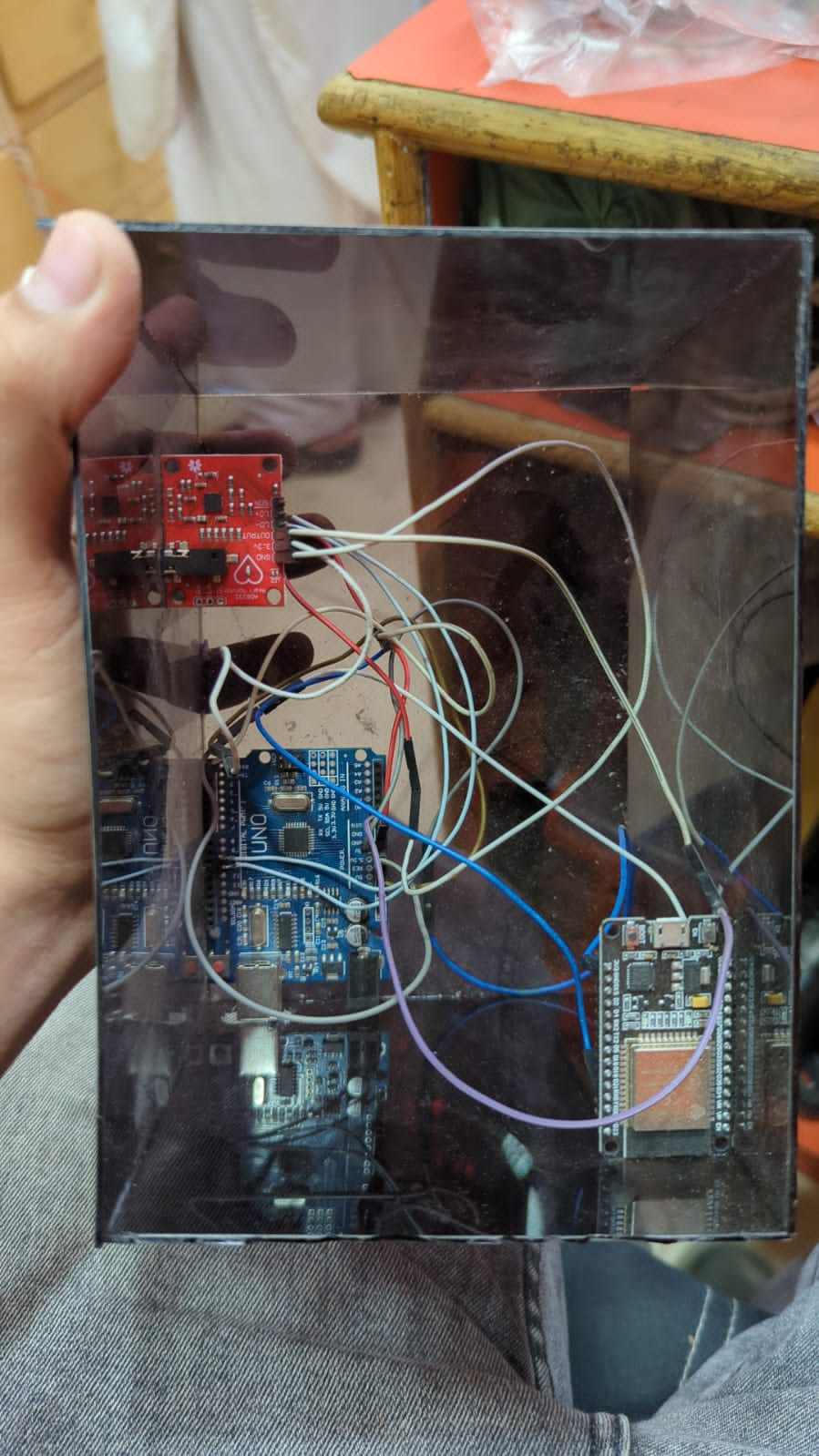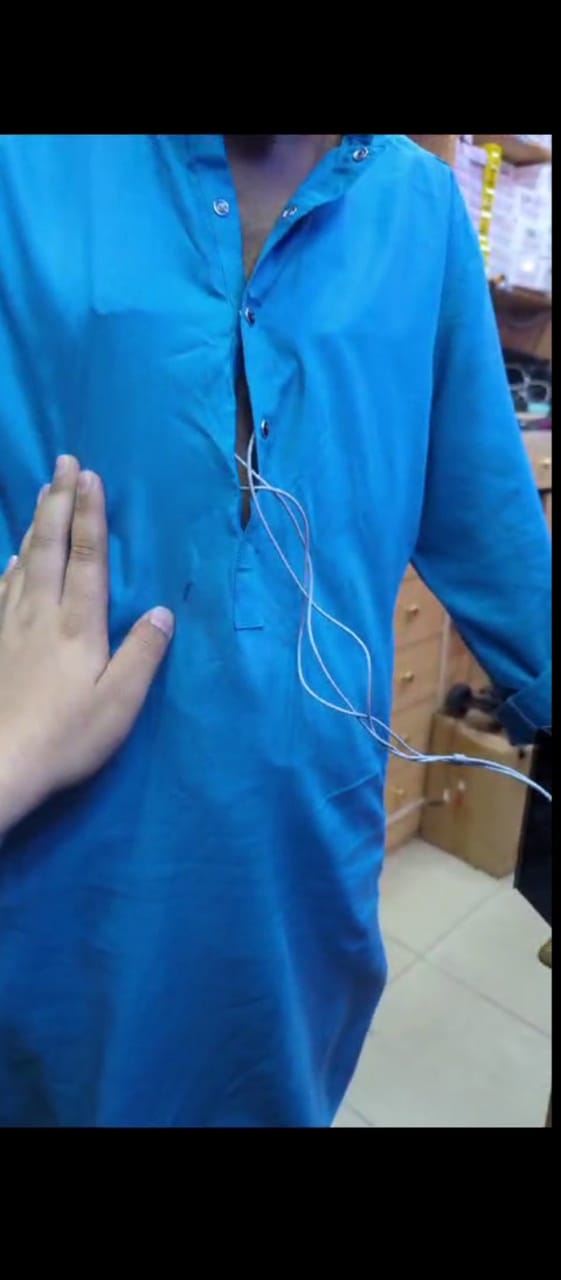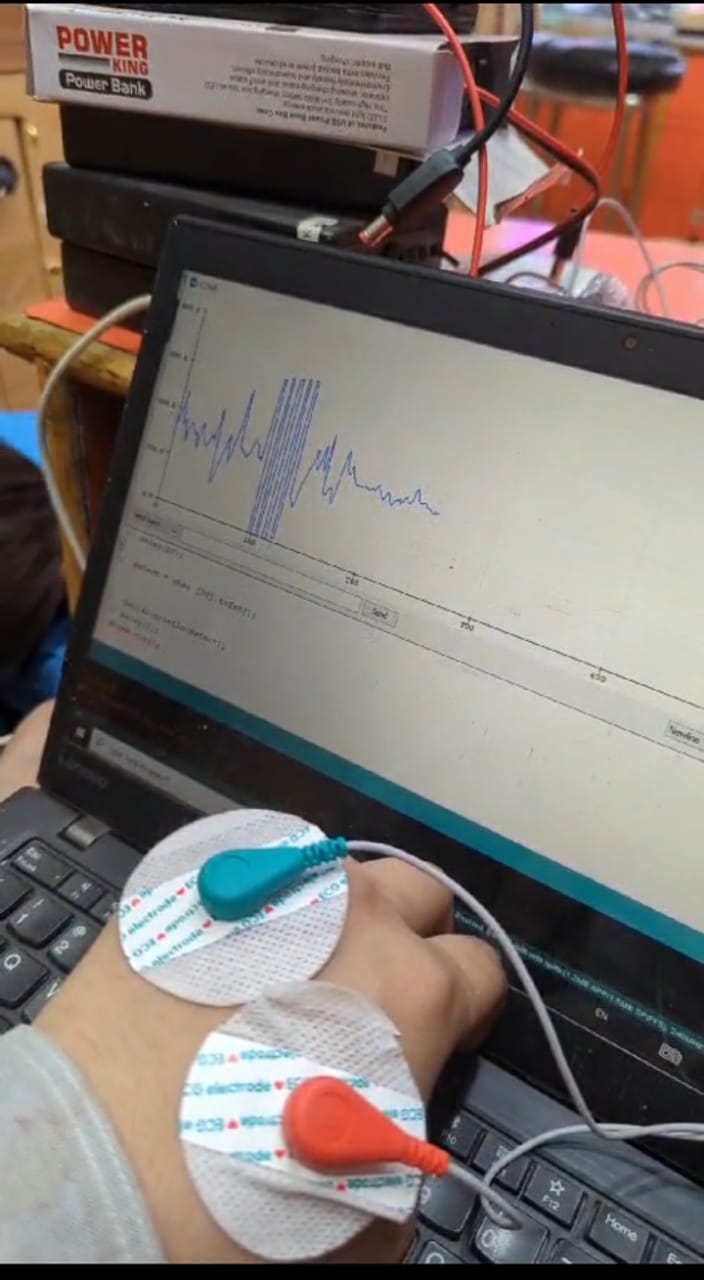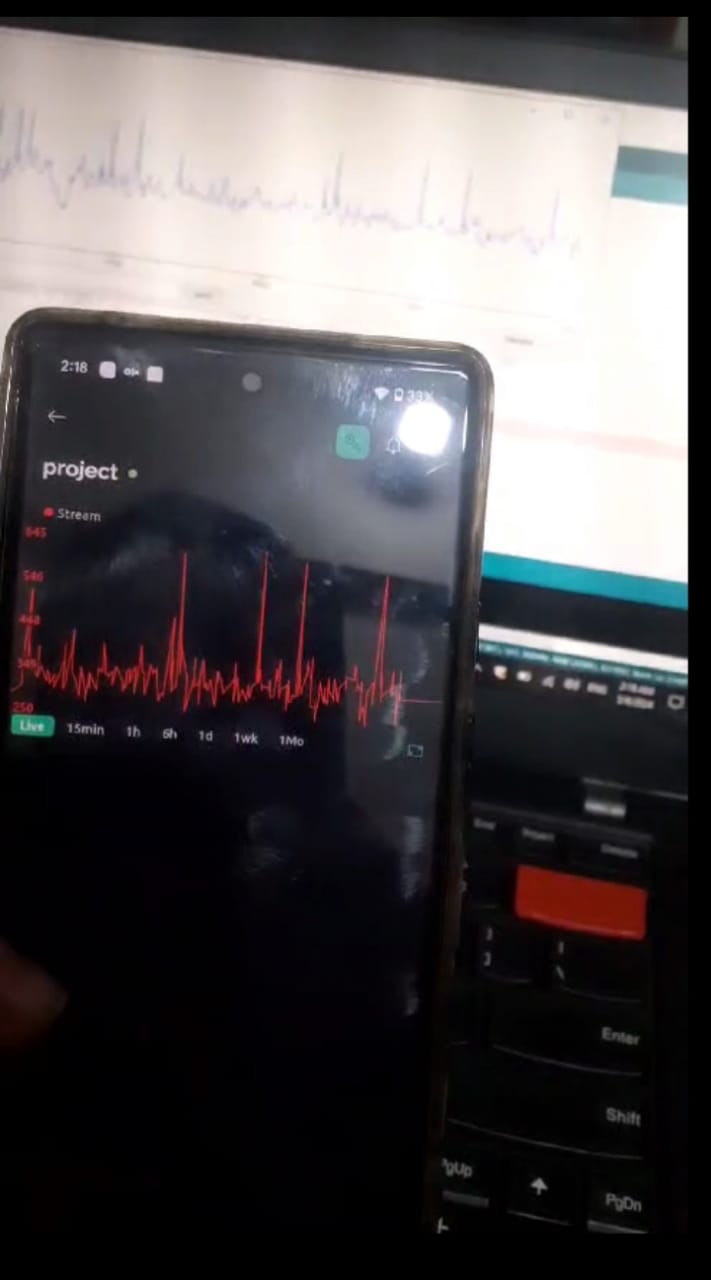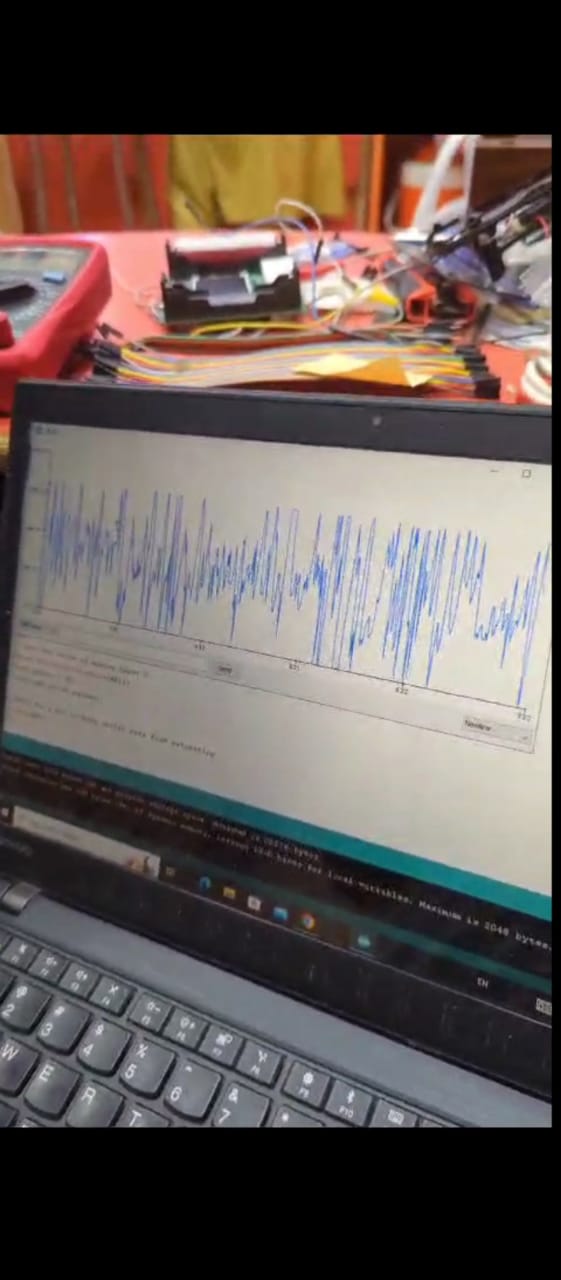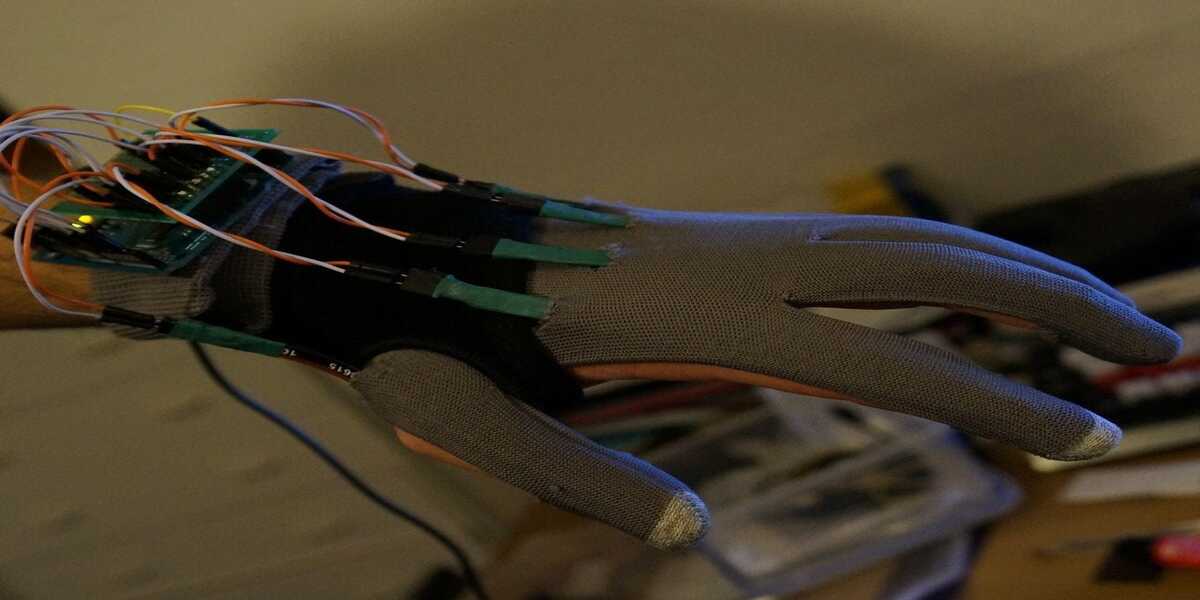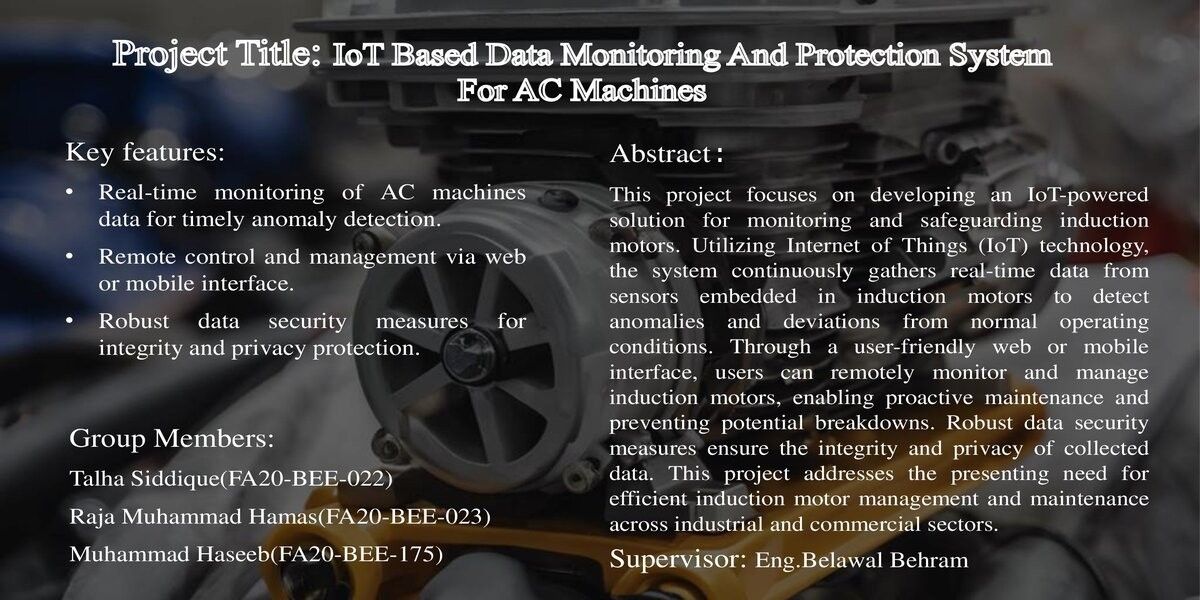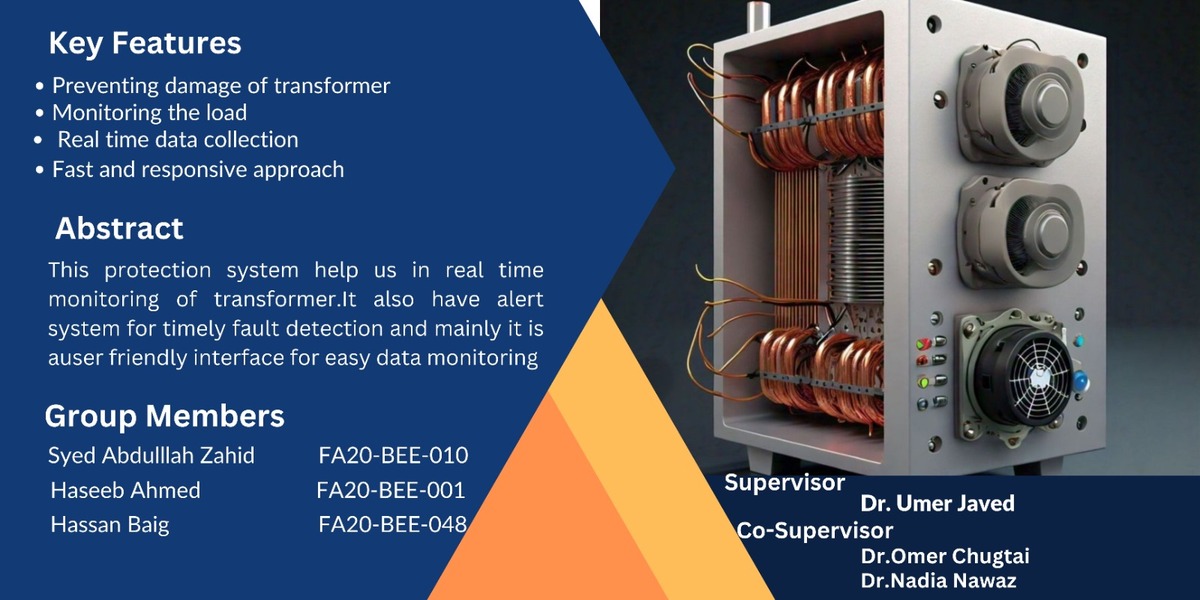Objectives
Main objectives
1.Enable continuous and real-time monitoring of electrocardiogram (ECG) signals for immediate feedback on heart health.
2.Detect and alert users to anomalies or irregularities in the ECG data, facilitating early identification of potential cardiovascular issues.
3.Design a user-friendly interface that allows easy interaction with the monitoring system, making it accessible for easy to use at home.
4.Ensure seamless integration with Arduino for flexibility, ease of programming, and accessibility to a wide user base.
5.Helping users to send data (graph) to doctors in emergency cases using blink application.
6.Provide educational resources or documentation to help users understand their ECG data and promote better awareness of cardiovascular health.
Socio-Economic Benefit
1. Accessibility: By using affordable and readily available components like Arduino and ESP32, the system becomes accessible to a wider population, including those in low-resource or remote areas, improving healthcare access.
2. Cost-Effectiveness: Compared to traditional ECG monitoring systems, which can be expensive and require specialized equipment, this solution is cost-effective, making it feasible for healthcare providers, clinics, and individuals to afford.
3. Remote Monitoring: With wireless capabilities provided by ESP32, patients can be monitored remotely, reducing the need for frequent hospital visits and saving both time and money for patients and healthcare providers.
4. Early Detection: Continuous ECG monitoring allows for early detection of cardiac abnormalities or irregularities, enabling timely intervention and potentially reducing the risk of serious cardiac events, which can lead to significant cost savings in healthcare expenditures.
5.Improved Patient Outcomes: Early detection and intervention facilitated by continuous monitoring can lead to improved patient outcomes, reduced hospitalizations, and better overall quality of life for individuals with cardiac conditions.
6. Workforce Productivity: By enabling remote monitoring and reducing the need for in-person visits, patients can maintain their daily routines and productivity, leading to less disruption in their work or personal lives.
7. Research and Development: The data collected from widespread deployment of this technology can be used for research purposes, leading to advancements in cardiac care, better understanding of cardiac conditions, and development of new treatment options.
Methodologies
The methodology for implementing ECG graph monitoring with the AD8232 ECG sensor using Arduino and ESP32 can be outlined as follows:
1. Requirement Analysis: Identify the specific requirements and objectives of the ECG monitoring system, including the target user population, desired features, and technical specifications.
2. Component Selection: Select appropriate hardware components, including the AD8232 ECG sensor, Arduino board, and ESP32 module, based on the project requirements and available resources.
3. Hardware Setup: Connect the AD8232 sensor to the Arduino board according to the manufacturer's instructions, ensuring proper wiring and connections. Integrate the ESP32 module with the Arduino to enable wireless communication.
4. Sensor Calibration: Calibrate the AD8232 sensor to ensure accurate measurement of ECG signals. This may involve adjusting sensor settings and electrode placement to optimize signal quality.
5. Signal Acquisition: Develop Arduino code to interface with the AD8232 sensor and acquire ECG signals. Implement signal processing algorithms to filter noise and extract relevant features from the ECG waveform.
6. Wireless Communication: Program the ESP32 module to establish a wireless connection with the Arduino board, enabling data transmission between the monitoring device and a remote receiver or display unit.
7. Data Transmission: Configure the ESP32 to transmit ECG data wirelessly in real-time to a monitoring station or display device. Ensure data integrity and security during transmission.
8. Data Visualization: Develop software to visualize the ECG waveform on a display unit connected to the ESP32 module. Implement a user-friendly interface to enable easy interpretation of the ECG data.
9. Integration of Object Detection: Optionally, integrate object detection capabilities into the system using appropriate sensors and algorithms to enhance user safety during monitoring activities.
10.Testing and Validation: Test the integrated system in a controlled environment to ensure proper functionality, accuracy, and reliability. Validate the system's performance against predefined criteria and user expectations.
11. Deployment and Evaluation: Deploy the ECG monitoring system in real-world settings, such as healthcare facilities or home environments. Gather feedback from users and stakeholders to evaluate the system's usability, effectiveness, and performance.
12. Documentation and Maintenance: Document the methodology, hardware setup, software implementation, and testing procedures for future reference. Provide maintenance guidelines and troubleshooting tips to support ongoing operation and maintenance of the system.
Outcome
The outcome are:
1. Real-Time ECG Monitoring: The system enables real-time monitoring of ECG signals, providing continuous insight into cardiac activity.
2. Wireless Connectivity: Utilizing the ESP32 module, the system supports wireless communication, allowing for remote monitoring and data transmission.
3. Accurate Signal Acquisition: The AD8232 ECG sensor ensures accurate measurement and acquisition of ECG signals, enabling reliable monitoring results.
4. User-Friendly Interface: A user-friendly interface displays ECG waveforms and vital statistics, facilitating easy interpretation and analysis of heart activity trends.
5. Improved Healthcare Access: The system enhances healthcare access by enabling remote monitoring, reducing the need for frequent hospital visits.
6. Early Detection of Abnormalities: Continuous monitoring facilitates early detection of cardiac abnormalities or irregularities, enabling timely intervention and treatment.
7. Enhanced Patient Safety: Object detection integration enhances patient safety during monitoring activities by detecting nearby objects or obstacles and triggering alerts if necessary.
8. Cost-Effective Solution: The use of affordable components like Arduino and ESP32 makes the system cost-effective, increasing its accessibility to healthcare providers and patients.
9. Scalable and Versatile: The system is scalable and adaptable for various applications, including personal health monitoring, clinical diagnostics, and research purposes.

